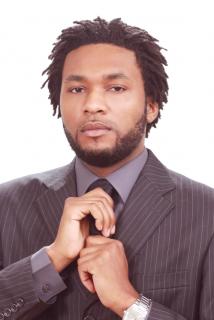Tags
Black tie, business, Business and Economy, Clothing, clothing tips, Dress code, Formal wear, how to dress, what to wear

Dress code means the ability to dress in an appropriate way. It is the cross cultural clothing rules you follow, the standards of appearance in different situations varying from business meetings to hanging out with friends.
Generally dress code is influenced by the sphere of your activity. For example a bank employee and a PR manager have to wear different clothes. The more you are connected to the business sphere the more severe the clothing requirements are. Artists and journalists can feel relatively free in choosing their outfit. However they have some rules as well which can be rather difficult to follow.
Dress code is a social standard that can be defined by the following cryteria:
-
Public places one attends like, for example, restaurants, disco bars, night clubs and casino;
-
The scope of one’s activities, for example, requirements for students’ outfit, office workers and teachers;
-
Religious rules and traditions;
-
Private parties as a masquerade and a pajama party.
-
General social regulations.
Dress code plays a big role and fulfills the special functions for schools, companies, major occasions and events. It is worth noticing that some dress code implies that one should cover tattoos with clothes. Night clubs security guards usually hold dress code control in order to exclude people who do not fit the situation and this way even provide safety at a party.
If you are allowed to wear average outfit at work it can still be subject to imposing some restrictions.
When you receive an invitation there can be dress code indicated, for example if it states “Formal” men have to wear a suit with a black tie and women are to put on an evening dress. If it is A5 is means “after five” and it can be a cocktail, a corporate party or a dinner with family. Men should wear a suit possibly without a tie and a color shirt and women’s apparel should consist of a cocktail dress or skirt with a blowse.
